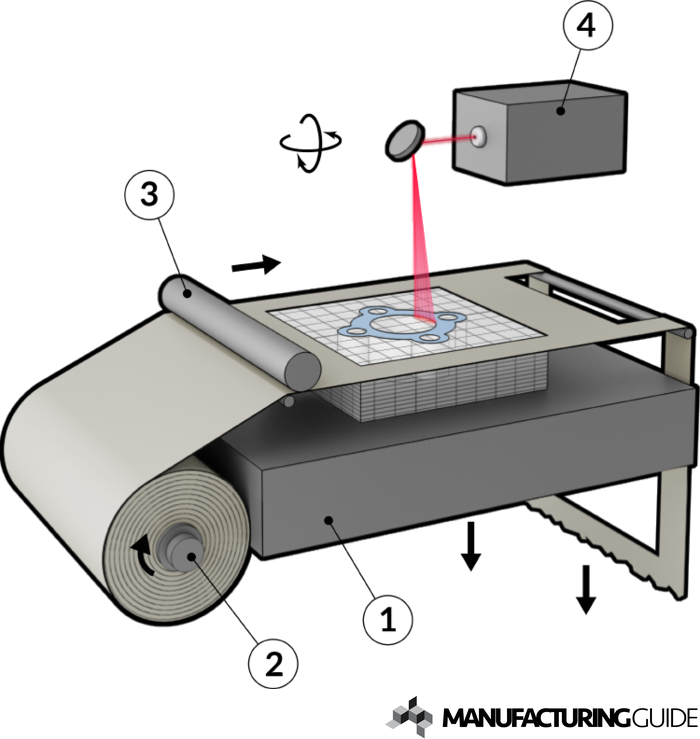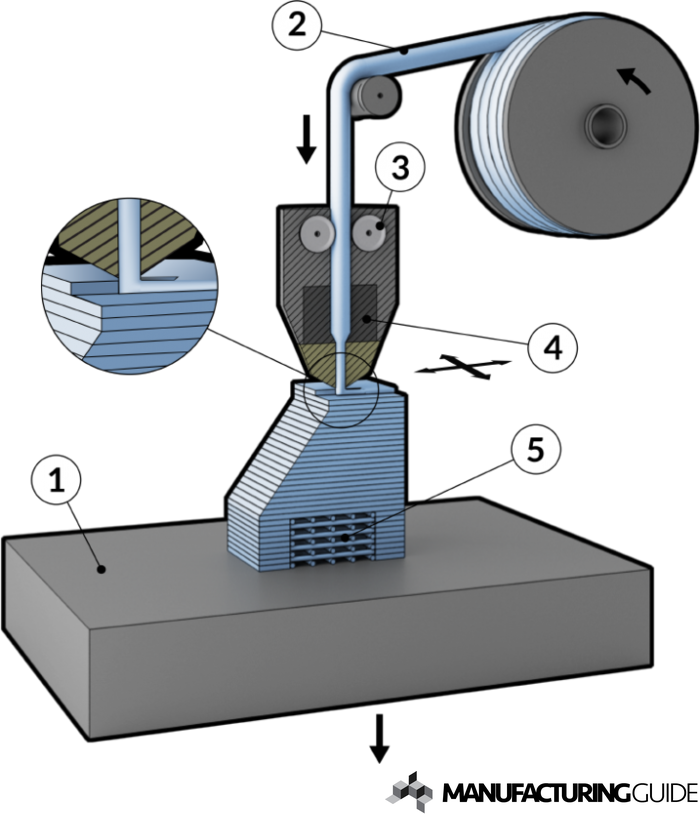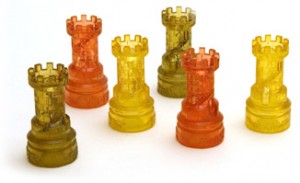Market Sectors and Segments
Essential idea: Designers must research and consider the target market sectors and segments in the design of their products.
By identifying the market sectors and segments a product will be designed for, a designer can gain data directly from the perspective of the potential consumer.
Categories of market sectors
Designers need to clearly be able to identify the needs of the target market and target audience. These can be classified into two categories:
- Geographical sectors
Geographical sectors focus on the values, culture, and characteristics of purchasers in that region along with purchasing power.
- Client-based sectors
Client-based sectors may focus on consumers, industrial, public sector and commercial.
You can divide a market sector into market segments, narrowing it down. Market segmentation: Markets divided in to smaller segments where purchasers have similar characteristics and/or tastes.
| Market segmentation introduction |
Why do we segment?
- Increased understanding of customer wants and needs
- Different products for different groups
- Better match between customer wants and product benefits
- Maximise the use of available resources
- Focused marketing expenditures
- Competitive advantages
The influence of market sectors
- if there is a technological advance then the products or services in that sector will change.
- This change will influence the target markets.
- Such as the size of microchips allowing for powerful portable devices leading to iPads and smartphones.
Classifications of consumer market segments: income, profession, age, family, values, behavior
Common segmentation variables for consumer markets:
- Geographic
- Country
- Region
- City size
- Density
- Climate
- Demographic
- Age
- Gender
- Family size
- Life-cycle
- Income
- Education
- Religion
- Nationality
- Psychographic
- Social class
- Lifestyle
- Personality
- Behavioral
- Loyalty
- Attitude
- Behaviors of customers

Types of Market Segments
- Income (high, middle, and low levels of finance)
For example, different cars are made for different types of customers. Eg. ' Daewoo and Corolla vehicles for price sensitive customers whereas Mercedes and BMW aim their cars at the more affluent.'
- Profession (types of jobs one has which can influence social groups or personal interest)
Different products apply to different professions, for example book genres.
- Age (babies, toddlers, tweens, teenagers, young adults, middle aged to the elderly)
Differences in age would generate different products for their specific needs; such as diapers/nappies for babies, toys for children, clothes for teenagers

- Family(single no kids, single with kids, married with two kids, empty nesters, etc.)
For example, a family with kids would purchase furniture that is more family orientated as opposed to a single living alone (trendy furniture).
 |
| Ikea offers different types of furniture for different market segments. |

- Values (the ethical, worthiness or importance of something that is held by an individual or group, opinions)
Depending on the social demographic, people may have different environmental behaviors, eg buying environmentally friendly products vs a throw away society.

Product family: A group of products having common classification criteria. Members normally have many common parts, assemblies and/or aesthetic elements.
Companies and designers will develop a successful product or product range into product families. This further develops a successful market segment that is already familiar with the original product. For example, iPod then iPhone, then iPad.
Designers often develop product families to extend a successful product range and to develop products for market segments that are already familiar with the original product.









.jpg)








